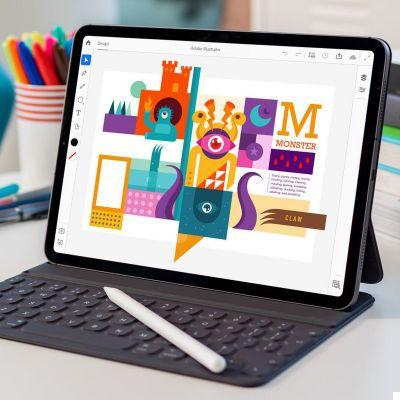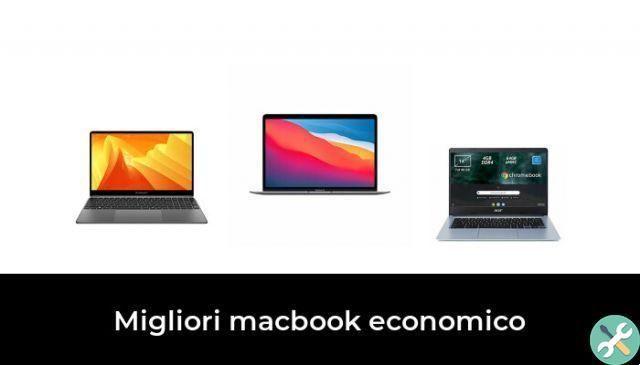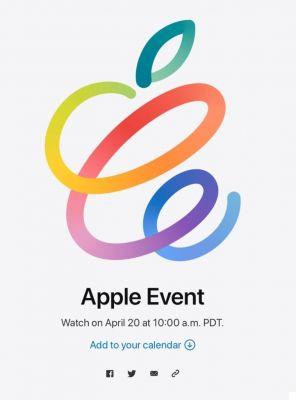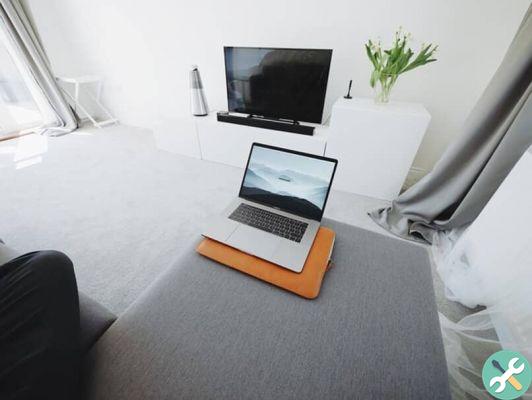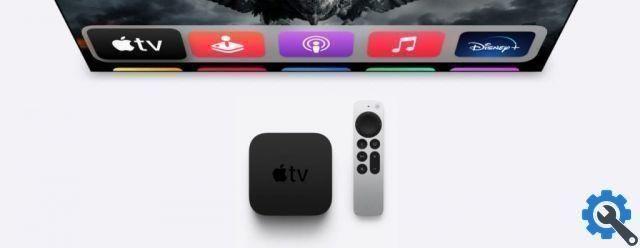In my previous articles (on videoconferencing and internet connection), I have proposed a series of tips to have better internet connectivity and the necessary functionalities in computers for the best conduct of conferences and playback of streaming content. Now I will write about the different most common applications and platforms that have been used now in these times of work and study at home.
There are many applications currently emerging as alternatives to those already known, some recent and others that have existed for some time and have been modified for current needs. I will not mention all the existing ones in this article, but I will analyze the most common ones, which have the necessary features currently required, which have the maximum possible compatibility on Mac, PC, Android or iOS, and which have a temporary demo version.
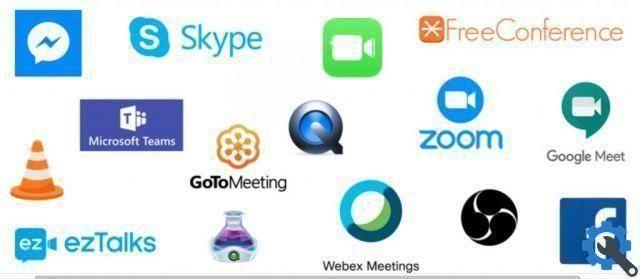
Before starting with the analysis, I will mention the features required in multi-conference applications:
- Possibility to connect cameras and microphones of 2 or more people at the same time, with the possibility of controlling them remotely,
- Include some form of textual communication between the participants
- Share your computer screen with other helper applications
- Play pre-recorded audiovisual content
- Include Internet pages to be viewed within the session
- Allow session recording
- Ease of management and operation
Most businesses and education centers have already contracted out platforms that include interaction and collaborative working using integrated applications such as: calendars, agendas, word processors, spreadsheets and presentation applications, the most popular being Google Meet and Microsoft Teams, making it easier to assign tasks, collaboration between work groups, orderly archiving of generated documents and audiovisual recording of the session.
Both platforms are very robust and have many programming and operation options, but full operation requires the purchase of corporate or educational licenses. However, the free versions of both platforms feature great basic tools for use and collaboration. Both companies have excellent and extensive cloud services, so they haven't suffered too much from the current demand for their services.
The platform with the highest personal and family use and that of some smaller companies or educational centers is Zoom. This platform has been around since 2012, but it didn't get that popular until earlier this year for obvious reasons.
The Zoom Video Communications company was unable to scale its servers to the rate that users request its services, which performed reasonably well for 10 million users worldwide in January, unexpectedly reaching 200 million users. last March and others that keep adding every day.

Downsizing a service under current conditions is a titanic task that includes a large injection of economic and human capital, adding that everything that becomes very popular on the Internet attracts the attention of all kinds of hackers, who have managed to filter into the platform. therefore there are companies that have prevented its use to protect their communications and documents.
Zoom also limited its services by significantly lowering the quality of audio and video transmission, limiting free account sessions to 40 minutes. For these reasons, Zoom may not be the best platform to use more professionally today.
Other lesser-known options are Webex Meetings, GoTo Meetings, ezTalks, and Free Conference. All of them basically have the aforementioned requirements covered, run on different devices and operating systems, and have minor trial or free versions, but some are not that easy to manage and use and because they are not very popular they are not widely used today, even considering that it is not easy to convince other users to download and learn how to use a new application, having already used and known options. That said, the most used platforms today are those offered by Google, Microsoft and Zoom.
With this new form of group communication, various social networks and communication applications offer new options: Messenger Rooms used by Facebook and WhatsApp, the somewhat forgotten platforms Skype and Twitter and Instagram that will soon integrate Zoom services in a version adapted to your communications. These services are not intended to be used as a complete business or educational solution, allowing social network users to carry out multi-user sessions primarily on mobile devices for family and friends contacts.
Obviously we cannot fail to mention FaceTime, a service well known by Apple users for several years, which is not designed for work or study, but it is one of the first applications for mobile devices, such as Skype, which can be used for multi-conference, reaching today 32 simultaneous users in the case of FaceTime and 50 in the case of Skype.
Both options have excellent audio and video quality, are easy to manage and use and are free, although it must be considered that FaceTime will only work on iOS devices and Mac computers. It should be noted that the new version of Skype already includes an adequate work or study options that deserve to be evaluated as a viable and free option.
In addition to the features of the platforms mentioned above, several resources are currently used which are added to increase and improve the sessions, such as playing audiovisual content, animated presentations and also adding other sessions or participants within the active session that you connect from other services and portable devices.
This requires a more complex operation and with computers that have more resources than a common computer, such as a video card with 4 GB of memory or more, HDMI or SDI video capture accessories, 16 GB of RAM, external memory SSD 6G USB-C or Thunderbolt devices for media and a symmetrical and stable Internet connection of 15 Mbps or higher.
Not all of us have these resources at our fingertips, but there is the ability to use these resources by doing the sessions and presentations in collaboration, to distribute the work between one or more collaborators and their computers.
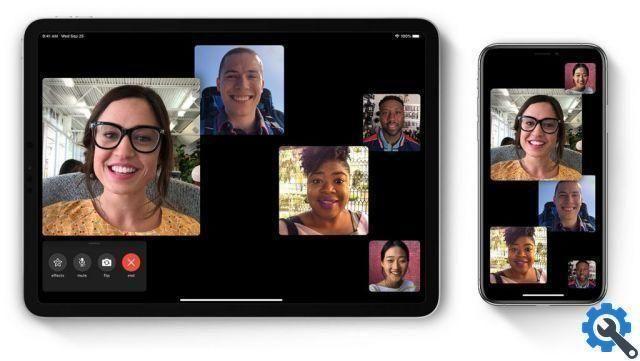
The first thing is to determine which of the contributors in the session has the best internet connection and the best computer to be the originator and operator of the service. Regardless of whether the session has few or many participants, the server of the platform used is the place where all audio and video accesses, multiple Internet connections and other functions necessary for traffic and signal flow are managed, which is the heaviest burden of the process, however, whoever manages the service must have the best computer and the best internet signal possible since where the session originates from, is where the management of the participants, the access controls, the activation of cameras and microphones, the layout of participants' screens and other operations and controls,
Once this is resolved, the different tasks will have to be distributed among the collaborators, for example, one will have control of the graphic presentations and the reproduction of the audiovisual contents, another will take care of the textual communication for questions and answers, another will establish the order of participants and the activation of cameras and microphones and one more will be able to moderate the session without being in two hands with multiple screens trying to solve all of the above at the same time. If you don't have many collaborators, you will try to distribute the activities between at least two people for a better session.
Regarding the reproduction of audiovisual content, on Mac computers there are three main players of audiovisual content: QuickTime player and iTunes, which are native to the operating system, and VLC player, which can be downloaded for free. QuickTime has the disadvantage of having to be operated manually, where it will be better to use iTunes since it can be controlled with the keys F7 to F12. Both applications do not play the full range of video containers and codecs created in Windows and other devices, and this is where VLC is used, which can play virtually all types of media and can be programmed to be controlled from the keyboard as well.
These players can be added to sessions as screenshots. Microsoft Power Point is used for graphic presentations, which is included in the paid applications of Office 365 or Apple Keynote, the latter well known to Mac users and which is now free.
Finally, the OBS Studio application should be noted. It is a very powerful free application that has many advanced functions similar to the operation of a TV studio, for a better visual design of the sessions, management of various audio and video sources, integration of video calls from iPhone or Android external to the session and many other useful functions for advanced sessions.
This application requires the use of latest generation computers with quad i5 or higher processors, minimum 16 GB of RAM, and Nvidia video cards, which are no longer used in the latest Apple computers, or AMD present in the latest Macs. also learn how to use this application as the programming and operation are not very intuitive.
This application can directly broadcast sessions on platforms such as YouTube or Facebook, or integrate it as a screenshot in the session of the platform used. It is worth downloading this application to learn about its functions and use, as it is a powerful tool that can be used together with the applications of the platforms already mentioned.
I hope that with these first three articles I have presented, it will be easier to understand how to best use computers and Internet service in these times of work and study at home.
Antonio Maldonado. antonio@fac-mac.com





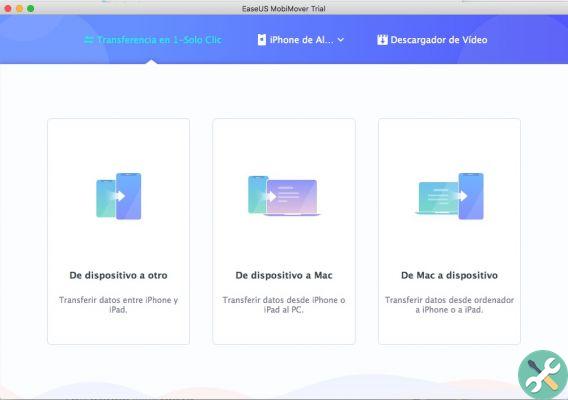
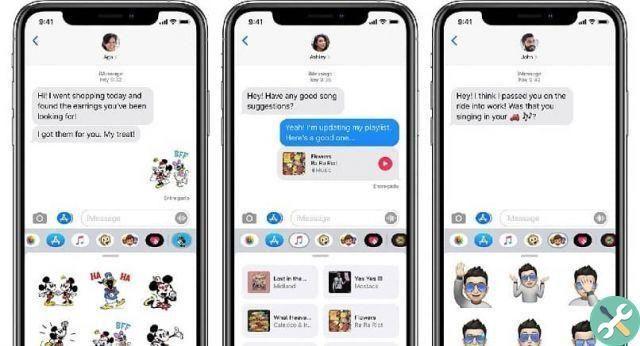

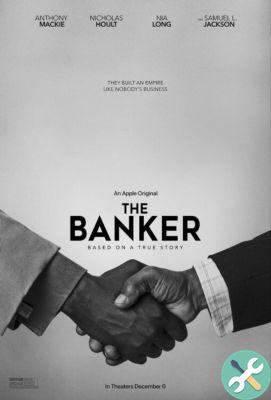

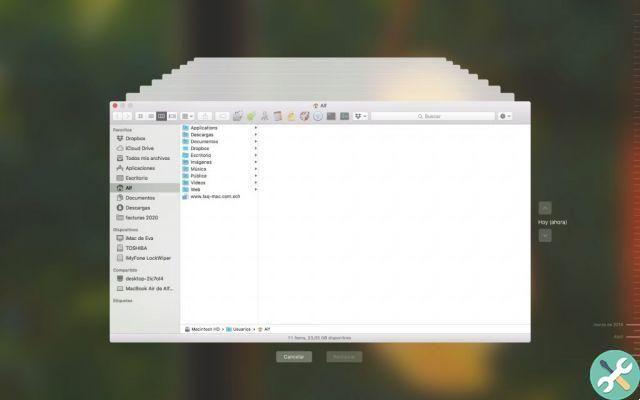
![Google also wants your Apple News [Updated] [2]](/images/posts/943dc0d8f28fcc4bc16fa30ed6d71f6a-0.jpg)


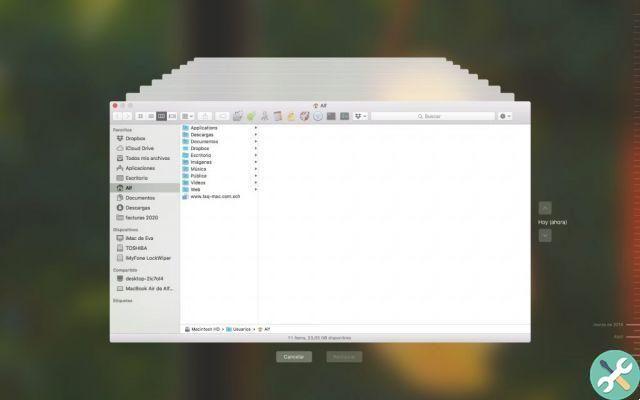


![Apple Vice Presidents Talk About Development of M1 for Mac [Updated]](/images/posts/c6254b668e5b3884d6b6338ccb8a02ff-0.jpg)
